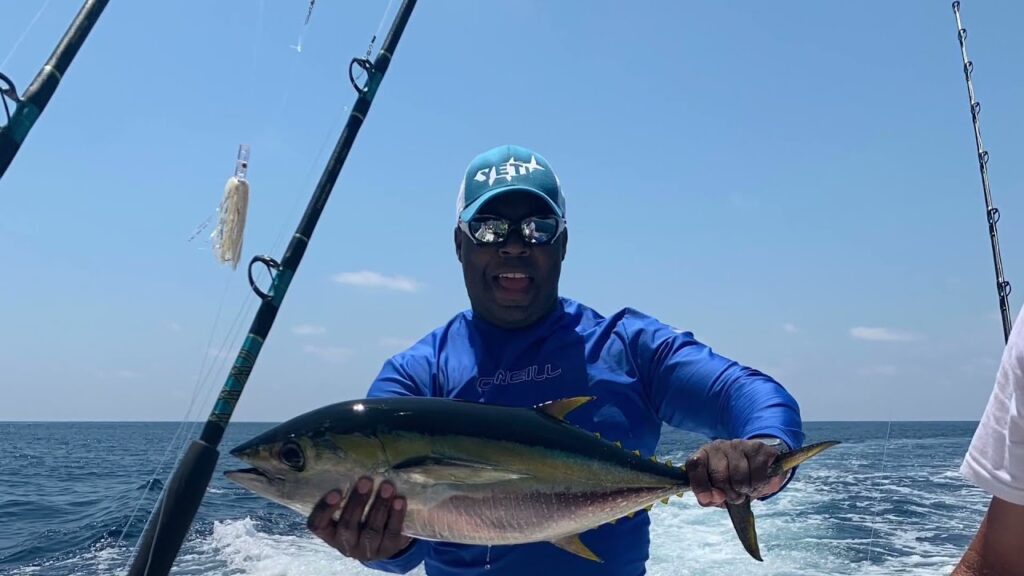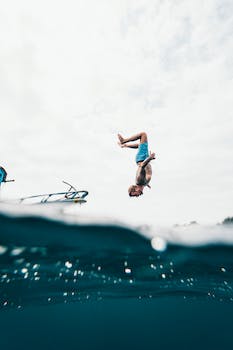Kiteboarding, also known as kitesurfing, is an adrenaline-pumping water sport that combines elements of wakeboarding, windsurfing, and paragliding. With its growing popularity, more and more people are getting hooked on the excitement of gliding across the water, propelled by the power of the wind. However, mastering the art of kiteboarding requires skill, practice, and knowledge. In this article, we will share some tips and tricks from the pros to help you become a true kiteboarding master.
1. Take lessons from a professional instructor:
One of the most crucial steps in mastering kiteboarding is to take lessons from a certified instructor. Learning from someone with experience will ensure that you acquire proper techniques, safety protocols, and gain confidence in handling the kite and board. A professional instructor will teach you about wind dynamics, kite control, body positioning, and how to handle emergency situations.
2. Understand wind conditions:
Wind is the essential element that propels you across the water while kiteboarding. It is important to understand wind conditions to maximize your experience and stay safe. Learn to read wind forecasts, pay attention to wind speed, direction, and gusts. Awareness of wind conditions combined with knowledge of your own skill level will help you make informed decisions about when and where to kiteboard.
3. Master kite control:
Kite control is fundamental to kiteboarding. It is essential to learn how to launch, land, and maneuver the kite effectively. Practice controlling the kite in different positions and understand how it responds to your input. The better you become at kite control, the more precise and fluid your movements on the water will be. Take time to practice launching and landing the kite on both water and land before attempting to ride the board.
4. Learn to body drag:
Before getting on the board, mastering the technique called “body dragging” is essential. Body dragging is when you use the power of the kite to move yourself through the water without the board. It helps in improving your kite control and body positioning skills while remaining connected to the kite. Different body dragging techniques, such as upwind, downwind, and crosswind, will enhance your overall confidence and control.
5. Start with a twin-tip board:
When it comes to choosing your first board, opt for a twin-tip board. Twin-tip boards are symmetrical in shape, making them versatile and user-friendly for beginners. They allow you to ride in both directions and help with stability and maneuverability. As you progress, you can explore other board options like surfboards or foil boards for different styles and conditions.
6. Stay safe:
Kiteboarding can be an extreme sport, so prioritizing safety is paramount. Always wear a well-fitting helmet, a personal flotation device (PFD), and use an appropriate harness. Be aware of your surroundings, including other water users, underwater hazards, and potential wind changes. Regularly check your equipment for any wear and tear, and listen to your instincts if you feel uncomfortable in a certain situation.
7. Practice, patience, and perseverance:
Like any sport, mastering kiteboarding takes time and practice. It requires patience and perseverance to improve your skills and gradually progress. Don’t be discouraged by setbacks or challenges along the way. Learning new tricks and techniques will come with experience, dedication, and a positive mindset.
By following these tips and tricks from the pros, you can accelerate your progress in mastering the art of kiteboarding. Remember always to prioritize safety, take lessons from professionals, and enjoy the thrill of harnessing the wind and gliding across the water on your kiteboard. So, grab your kite, board, and get ready to embark on an exhilarating journey.
![]()








